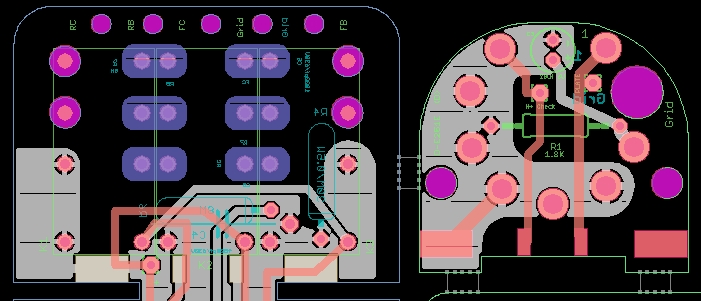Hi Guys!
I just wanted to report another build of the D-251 here!
First of all, big thanks to poctop for his efforts on this PCB design.
Very well laid out and easy to follow build.
I built this with, and as a comparison to the D-C12 microphone, which is a very straight forward build.
I actually thought this would be significantly more difficult than other DIY-projects, but it actually looks more complicated that it is.
All in all a very rewarding build that I can only recommend!
Now I only have to wait for Chungers donor bodies and transformers!
Thanks to everyone in this forum who is putting in a lot of effort and making this possible!
PCBs, bodies, transformers, capsules and custom parts, none of this would be possible without your joint efforts.
I really appreciate this.
Best,
Michael
http://groupdiy.com/Users/Violator/Desktop/D-251:D-12 Upper.jpg[img]
[img]/Users/Violator/Desktop/D-251:D-12 Back.jpg






























![Soldering Iron Kit, 120W LED Digital Advanced Solder Iron Soldering Gun kit, 110V Welding Tools, Smart Temperature Control [356℉-932℉], Extra 5pcs Tips, Auto Sleep, Temp Calibration, Orange](https://m.media-amazon.com/images/I/51sFKu9SdeL._SL500_.jpg)






